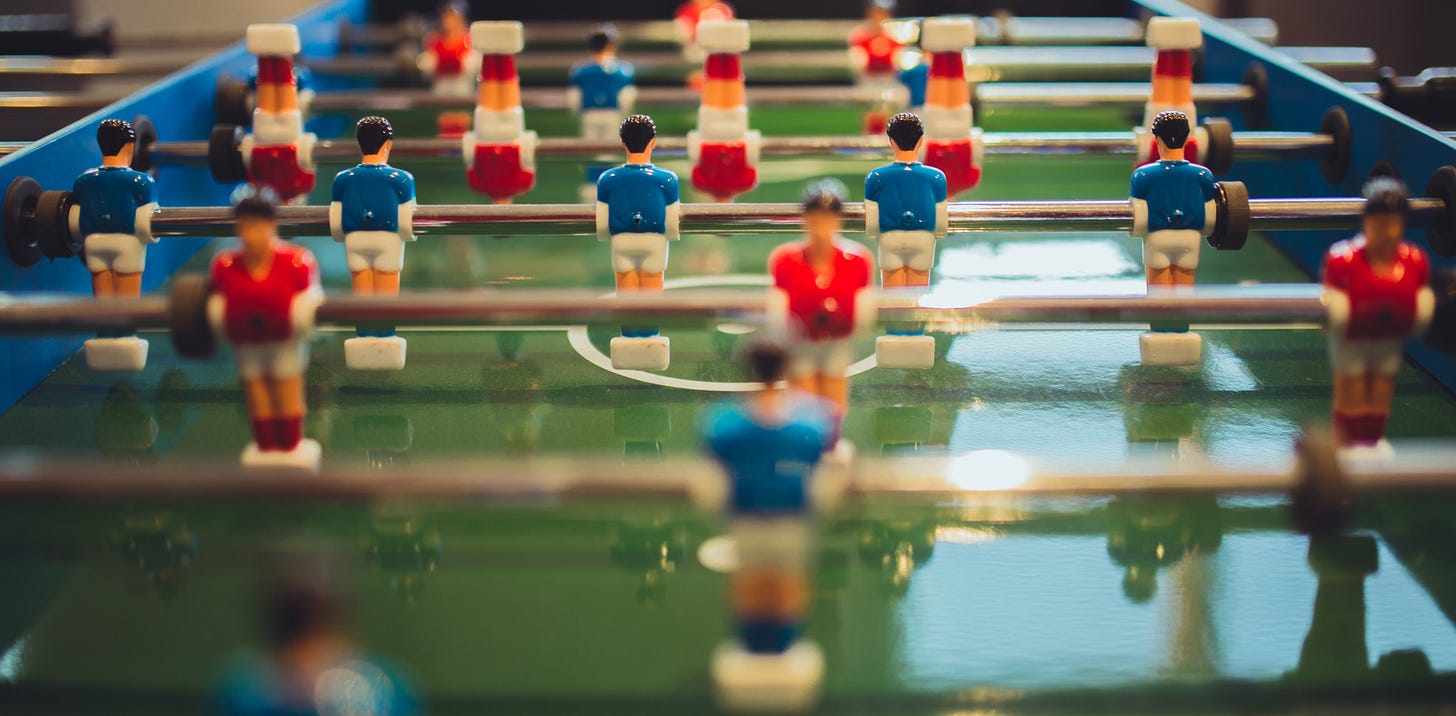7 Minimalist Rules I Live by Every Single Day
They've saved me thousands of dollars and help me sleep better at night

I’m the sort of person who needs to be kept in check.
You might know the feeling yourself. You need rules to stop you from floating about, buying everything that tak…
Keep reading with a 7-day free trial
Subscribe to This much I know to keep reading this post and get 7 days of free access to the full post archives.


